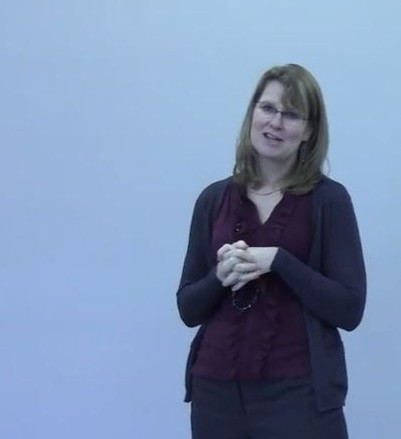
Recently, I gave my first speech at Toastmasters — well, my first non-spontaneous, non-extemporaneous speech. It was called the “ice breaker” and on a topic I know well — myself. Trouble is, I know so much about this topic, it was hard to narrow it sufficiently to stay within the 4-6 minute time limit. In practice, I managed to whittle it down to as short as 6:30. Once. (In general, my practice runs were closer to 7 minutes.) But the advice I found online suggested nerves would drive my pace and I would end a minute sooner. Not so much. By ignoring the timer’s flagrant green, yellow, and red card signals — letting me know when I’d reached the minimum, neared the end, and overstayed my welcome — I managed to increase my time to 7:10. But my audience didn’t seem to mind.
Whew.
Had anyone else spoken that day, I would not have been eligible for the “Best Speaker” ribbon, one of the weekly meeting kudos usually bestowed on the person voted to have given the best speech of the day. If your speech is either too short or too long (according to the set criteria for each specific speech), you are disqualified from competing for best speaker. I guess, technically, I was disqualified and didn’t receive the best (or only) speaker ribbon, but I did earn my Ice Breaker ribbon, which was blue and felt like first place.
My mother did Toastmasters when I was young enough to believe she was THE Toastmaster, which was also the sum of what I did and didn’t understand about the club. Toastmasters is an international organization dedicated to developing public speaking and leadership skills in its members. It has more than 300,000 members within nearly 15,000 clubs in 126 countries. My club is one of the newbies. In fact, I was the first club member to actually give a prepared speech. (So it would have been OK to set the bar low — except that one of the Toastmaster’s Promises is “to prepare all my speech and leadership projects to the best of my ability…” This speech assignment, in particular, does not come with a lot of instruction, because the intent is to recognize the skills and strengths you already bring to the podium before Toastmasters makes you an expert.)
A “toastmaster” was what we might call “the emcee” or “MC” or the “master of ceremonies” of a public speaking event. But the toastmaster had a role that began well before an event — organizing it and setting the agenda, in addition to introducing the speakers and activities, and keeping the event moving in a timely fashion. Founder of Toastmasters Ralph C. Smedley coined the name because a toastmaster typically raised the toasts at weddings and other events; his goal for the club was to teach men at the YMCA how to speak, conduct meetings, and run committees. Since “raising a toast” usually meant raising a glass of wine, historically toastmasters had a wine glass that was more glass than wine. It was nearly solid so that a toastmaster could “drink to” whatever he was toasting — and still keep his head about him as the event progressed. Though the club began unofficially in 1905 and officially in 1924, it didn’t admit its first female member until 1970 — and then under a male name. It officially admitted women in 1973. (My mother joined within the first decade of women becoming members. Go Mom!)
Toastmasters clubs rotate the role of toastmaster in each meeting, along with an “ah”-counter and grammarian, a timer, a “table topics” (or extemporaneous speech topics) leader, a general evaluator, and the speech evaluator. Club meetings are a gracious time for taking on leadership and speaking roles, for everyone is expected to do so and the atmosphere is one of support and encouragement. (And instead of toasting, we applaud each and every speaker or report. No special wine glass needed.)
My first speech was recognized with applause, but even without a toast or applause I could tell by the teary eyes and the smiles of audience members as I spoke that I had been effective in telling my story. What a relief! Though I had been coaching students in giving speeches year after year as a high school teacher, it was the first time I gave a non-extemporaneous without a word-for-word script in hand. It was a bit nerve-wracking, especially as I failed to create the note cards with key words I had intended. As it happened, I just grabbed my five-page, double-spaced document and spread it out on the table before me — and I only glanced down at it once.
The “ah-counter” said she did not count any ahs or ums, but I did say “I’m sorry” twice — once because I was near tears and the other because I completely blanked (which was when I briefly looked down at my script). (My friend told me she wouldn’t have noticed either instance except for my voiced “I’m sorry.” A lesson for the next time.) I can’t say I’m sorry the experience is over, but I am looking forward to the next assignment: “Organize Your Speech.”
Now I just have to find a topic for a speech to organize! Any suggestions?
(And if you’re interested in what I actually said in my Ice Breaker, just ask me.)

